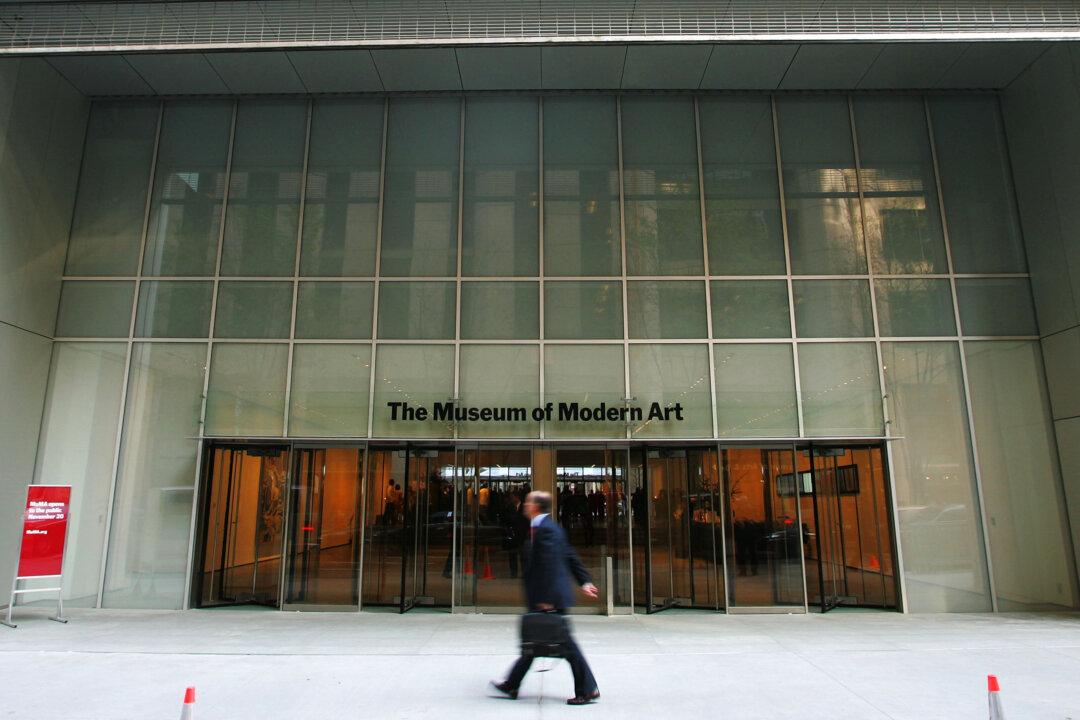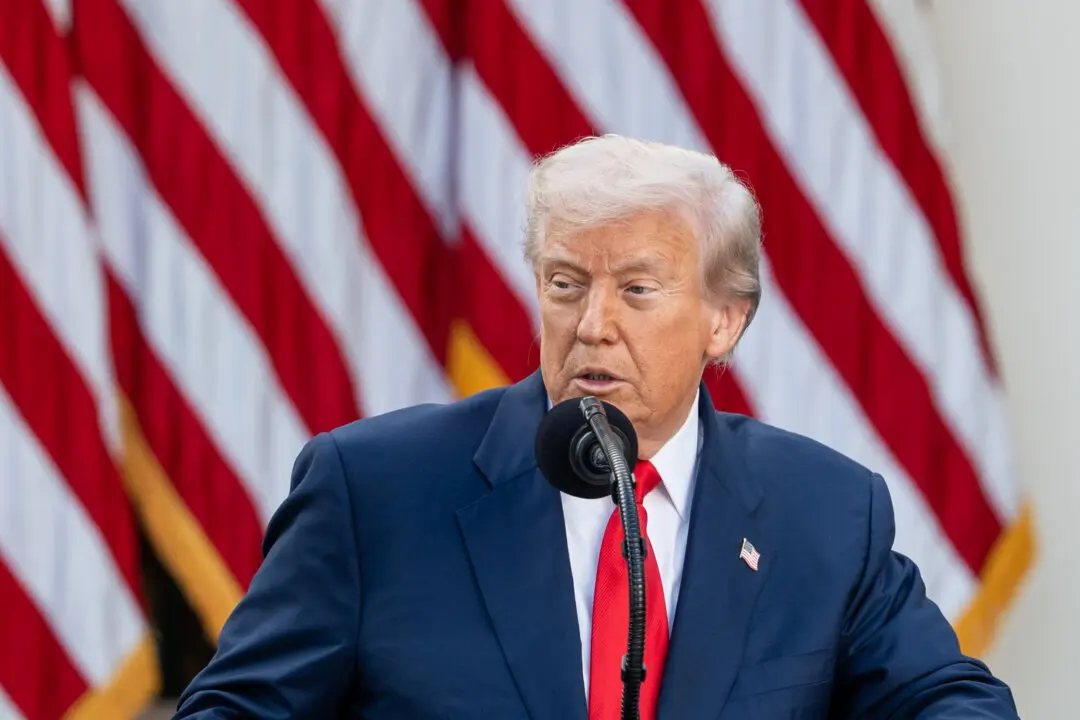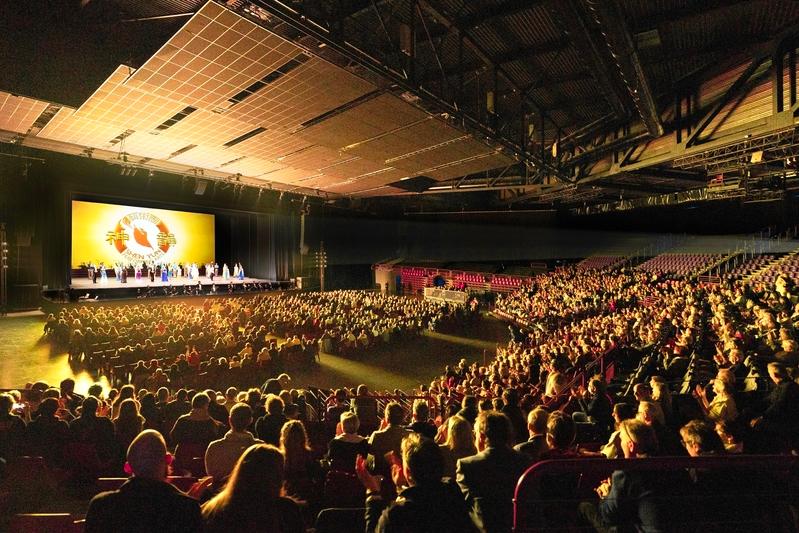A decade after an asking price of $12 million was set for a 2-ton stuffed shark dubbed art, baffling us all, the contemporary art boom continues.
What we’re seeing today is a bubble borne of our endless chase for innovation, according to economist Robert Ekelund, and it comes with unfortunate side-effects for general consumers of culture.
Ekelund, a former professor of economics, is also a lifelong artist—an amateur painter and also a classical pianist and recording artist of 60-some years. Art is what nourishes and fulfills his spirit, and economics gives him his vocabulary as a social scientist.
For a very long time now, the idea of writing a book on the economics of art had been on his mind, and in the last five years he finally found time for it.
He’s chosen to focus exclusively on American art, pulling together various art economy theories to examine 80 American artists and over 14,000 pieces at auction in a 400-page book co-written by John D. Jackson and Robert D. Tollison. “The Economics of American Art: Art, Artists and Market Institutions” is set to be published mid-2017 by the Oxford University Press.
He took a break from revising the conclusion of the book on a recent morning to give me an overview of his studies.
“There is a tremendous chase for the new,” Ekelund said. This is evident in the fact that not only have prices crept up and up (with auction houses Sotheby’s and Christie’s breaking the $1 billion barrier in private sales in 2013), but also in the high resale value of these expensive works. High net worth individuals with huge buying power are driving the bubble, Ekelund explained.
The effects of the bubble are interesting, though not exactly positive.
There are effectively two markets: works priced between $50,000 and $10 million, and works priced over $10 million, usually purchased privately by highly wealthy individuals. With the works in this upper-end market, the investor can earn a return of 18 percent and up in resales, according to Ekelund’s data samples. At least in the short run—maybe the next 10 or 15 years.
In the long run, it’s anyone’s guess.
The billionaires aren’t necessarily art experts, or even aficionados—just savvy investors, Ekelund said. They need to rely on the word of gallery owners and curators, who have been increasingly creative in marketing the artists they want to promote.
“I believe in elevation, but innovation for profit does not work very well,” Ekelund said. Hence the bubble, rather than healthy growth.
These are mid-career artists, going to auction younger and younger as buyers and curators chase the newer and edgier, hyped up by gallery owners, curators, and auctioneers feeding the billionaire market bubble. They’re artists as yet untested by time and the public.
“You’ve got to go through the fire to get into the pantheon of art,” Ekelund said. And the artists deemed hot by galleries and auctioneers have not yet done so.
Meaning, he said, if you’ve got the money to buy even a branded piece like a Jeff Koons, it’s entirely possible your descendants are just going to be stuck with a big stuffed dog. From an economist’s standpoint, “I just don’t know if that’s going to last or not,” he said. Maybe it will, maybe it won’t. A lot of contemporary art is of dubious quality, he added.
Another loser in this setup is museums, which Ekelund says have the mission of promoting cultural appreciation.
The Met, for instance, recently announced record visitor numbers of 6.7 million this past fiscal year—that’s 6.7 million people who had the opportunity to see some of the best works available to the public. But not long before the announcement, several executives had announced they would be leaving their positions because of the museum’s financial situation.
Admission only ever covers a small portion of museums’ expenses, after all. They depend on gifts, primarily large donations from very wealthy individuals, who, if we go solely by numbers and trends, have instead taken up interest in building private collections and in some cases private museums. Established institutions are thus strapped for donations. Wealthy individuals newly interested in art may feel more inclined to purchase privately than to patronize a museum, Ekelund added as an example.
Despite the numbers, it is not determined that the choices of high net worth individuals will all lean one way or the other. One billionaire’s purchase of a multi-million-dollar painting won’t necessarily discourage another’s generosity. Nor is it clear whether newly created private museums—like businessman Ronald Lauder’s Neue Galerie, Chinese financier Liu Yiqian’s Long Museum, or Blackstone Group Vice Chairman J. Tomilson Hill’s the Getty—will continue to exist 100 years down the road, unless huge endowments are set up.
Plus, much of the money spent on art is for paintings most people will never see, and driving up prices also means there may be less available for museums to purchase.
And in this bubble scenario, art thieves are winners.
According to federal agencies, billions of dollars go missing every year due to art theft—it is actually the third highest-grossing crime in the world (counting the cost of the works stolen, according to the Justice Department, not necessarily resale value).
And as prices rise, so does theft, creating a robust black market, Ekelund said. Pieces are also used as currency or collateral against loans and deals.
The book examines a few other theories and applies them to American art. The authors look at the productivity of artists and the “death effect,” which occurs when an artist’s death becomes an absolute guarantee that the supply of that artist’s work is capped.
The current situation is a little bleak, Ekelund concluded, speaking as both an economist and someone who deeply appreciates art.
“I wonder how much of it will be of value in 10 or 15 years,” Ekelund said of the new pieces we’ve placed the highest value on today. When we look at art, we learn about ourselves, he says. It is a window into our past and present; it communicates to us what words cannot.
There are signs of slowdown in the contemporary art market, though it is also too early to tell whether this is a lasting trend. Sotheby’s sales were down 31 percent this year amid an overall auction market slowdown, and Christie’s saw sales fall 27 percent in the first half of 2016, because there are fewer sales of the highest-bracket works, priced at over $20 million.
Sotheby’s has gone with the strategy to focus on the middle market where pieces and prices are less outrageous and therefore receive less coverage, but have higher margins, according to a New York Times report.
“It takes a number of years to tell whether a particular artist or genre will stay in the pantheon of art,” Ekelund said.
In 20 or 40 years, who knows what new art will be on the walls of institutions like museums for the public to appreciate?
CORRECTION: An earlier version of this article misstated the number of observations tracked at auction. The team used 14,000 observations. Epoch Times regrets the error.






